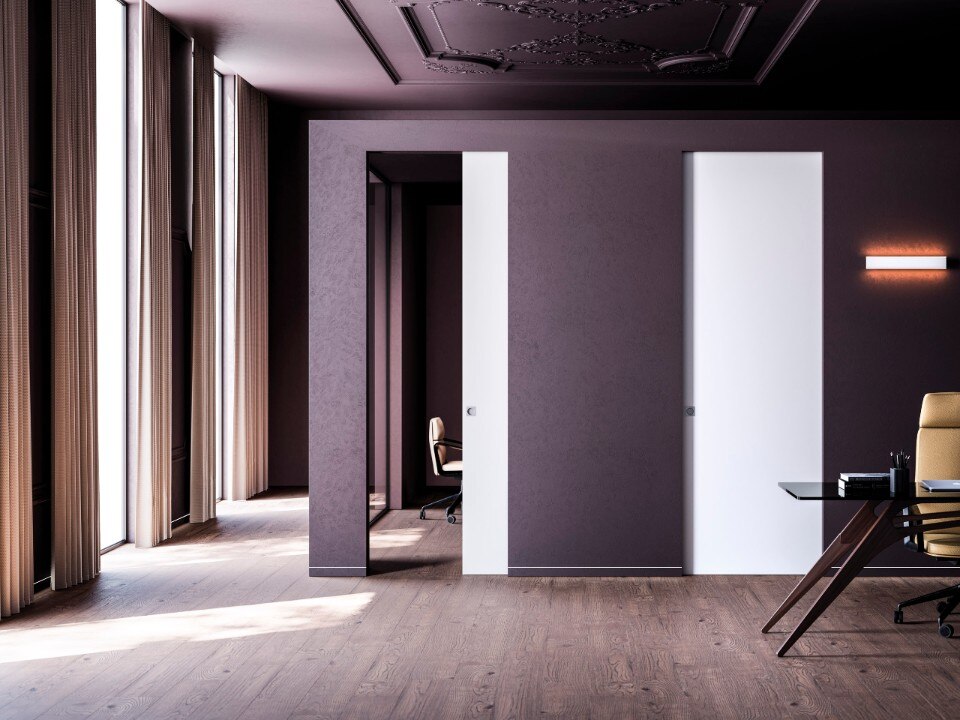All images 2010
Fig. 1. Inner court of the house. Replaced window frames indicate that Euroremont (repairs according to European standards: see related articles) has been made in the apartment. A window is open for installment of new bearing structures (iron girders) in a single apartment.
Fig. 2. Major repairs in a singular flat.
Fig. 3. Interior of an apartment in the top floor after the completed Euroremont.
Fig. 4. Ceiling of the back stairs over the apartment shown in the preceding illustration.
Fig. 5. The garret above the apartment shown in the Fig. 3.
Fig. 6. Source of water: snow accumulated on the roof.
Fig. 7. Leakage from the ceiling in the apartment shown in the Fig. 3. The suspended ceiling bulging down under the load of water.
Fig. 8. Water damage in an apartment reconstructed in a pseudo-traditional style.
Fig. 9. Water damage in a freshly repaired flat with a complete re-layout.
Fig. 10. Another possible source of leakage: old tubes conducting hot water for heating, connected with new radiators. In this case, however, the damage was caused by another mechanism. The plumber made a “fake repair”: he opened the hot water conduit within the wall, assured the lodgers that he “did something” and took some money (although all repairs must be made free of charge, being included into the monthly maintenance fee). Later on it became obvious that water permeated from the roof, having affected 4 apartments one under another. All of them had been freshly repaired.










"The Wings", the triple-certified building of the future
The Wings is an innovative complex that combines futuristic design and sustainability. With BREEAM Excellent, WELL Gold, and DGNB Gold certifications, the building houses offices, a hotel, and common areas, utilizing advanced solutions such as AGC Stopray glass for energy efficiency.


